Labradorite: features and properties
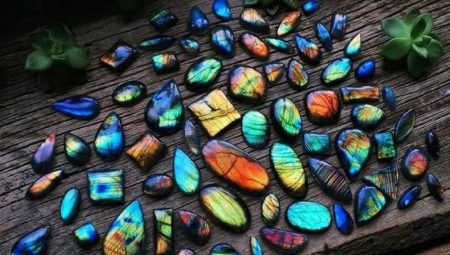
Labradorite is a very unusual stone. The combination of shades of blue and green, which are quite rare for natural minerals, sometimes leads to suspicions of its artificial origin. However, everyone who has ever seen a jewelry with labradorite will certainly point to the feeling of nobility of natural stone, which seems to be radiated by it.
More poetic names were also given to Labradorite: moonstone, also known as selenite, Hyperborean rainbow, peacock stone. You can also see it under the name fisheye or pearl spar.
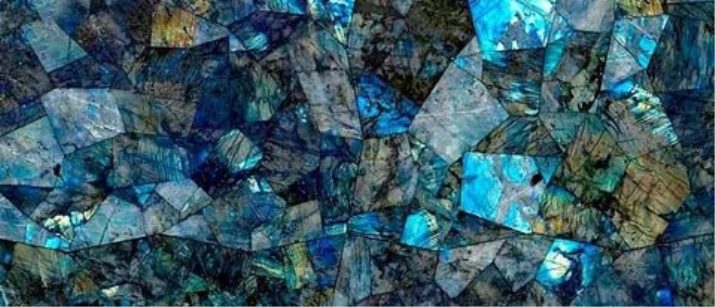
Description
Labradorite is a complex mineral that differs slightly in different deposits. The main component of labradorite is the labradorite mineral, in turn, consisting of various oxides: silicon, aluminum, calcium, sodium.
Well-defined crystals are rare, more often the aggregate consists of a granular mass or lamellar grains.
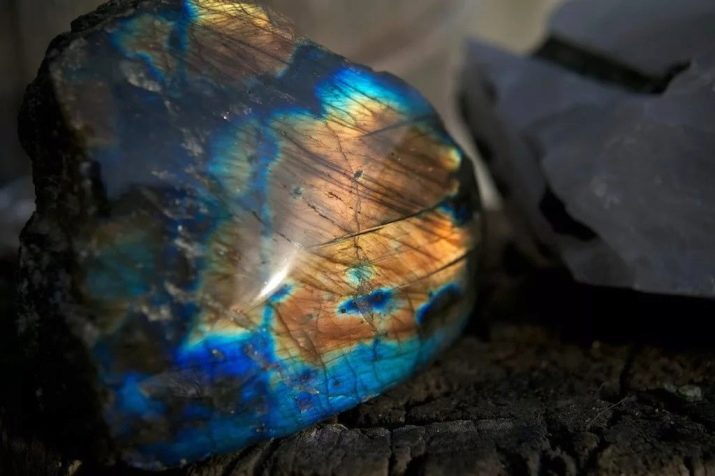
Labradorite is distinguished by color variability from colorless to gray and black. Zonal combinations of blue or green are more common, red shades are rare. Glass luster. The iridescence is pronounced in red, blue or green tones. The ebb is greasy, often iridescent. The aggregates of the mineral are usually transparent, although they are also translucent.
The stone has an average hardness (5-6 on the Mohs scale), scratches glass, but can be processed with a file. The fracture is uneven, conchoidal. Reacts with hydrochloric acid.
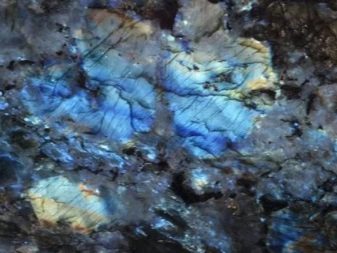
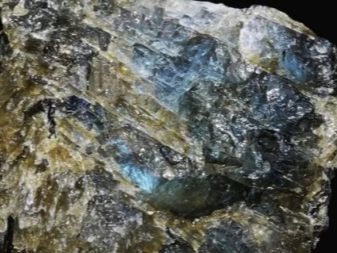
Natural labradorite belongs to igneous rocks, that is, it is formed by crystallization of magma. The size of the forming crystals depends on the rate of magma cooling.Thus, pronounced crystals of labradorite can be found in Sicily in the ash and frozen lava of Mount Etna.
The main component of labradorite, the labradorite mineral, is similar in composition to magmatic rocks of the gabbro group, formed by crystallization of the main magma.
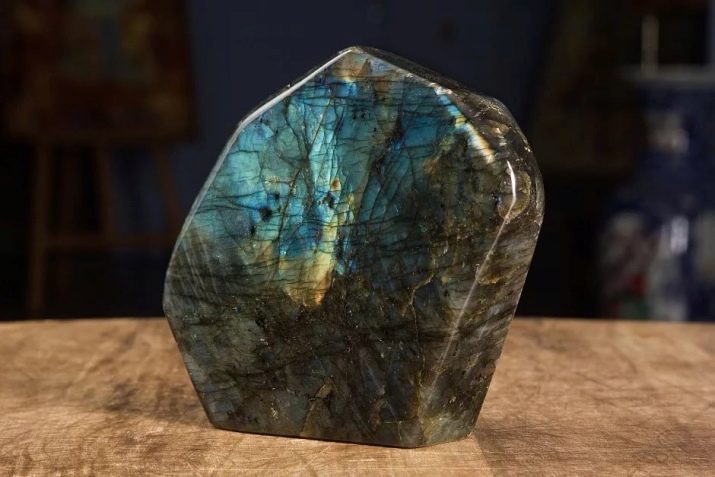
How is it different from a Labrador retriever?
Often labradorite is incorrectly called a labradorite. In fact, the second name, of course, in a certain situation may be correct, for example, when it comes to the mineral composition of the stone. That is, labradorite is a mineralogical term, and labradorite is a geological term.
If we talk about a stone as such - a piece of rock, then you still need to call it labradorite, that's all the differences.
As you can see, the difference in the name is caused by a simple ignorance of geological terminology, so for a layman to confuse the concepts, of course, is not a crime. It is another matter if they begin to be freely used by those who position themselves as experts.
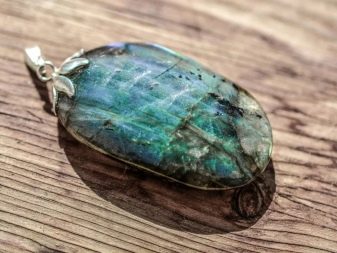
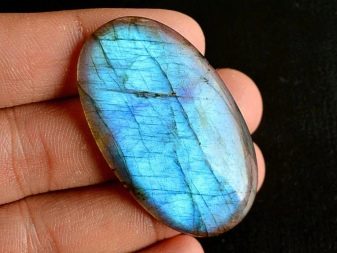
Place of Birth
Currently, labradorite deposits have been discovered on all continents. There are promising deposits in Russia (Buryatia, Yakutia, Krasnoyarsk and Khabarovsk Territories), Australia, Burma, India, Canada, China, Nepal, USA, Ukraine, South Africa.
These are countries in which large-scale developments are underway. Explored deposits are present in some countries of East Africa and Southeast Asia.
India has remained the undisputed leader in terms of the number of explored and developed fields for more than half a century. In Europe, Ukraine can be considered such a leader.
As you can see, the rock on the earth's surface is quite common. However, the quality of the stone varies greatly from deposit to deposit. Deposits where the mineral can be mined in large pieces are highly valued.

Properties
The properties of labradorite are largely determined by the composition of the minerals included in it, primarily labradorite, which, due to the variety of formation conditions, significantly differs depending on the deposit. The differences are due to the difference in the content of the main structural elements. Sometimes this difference can be up to 60%. This causes variations in color, gloss, clarity, and other characteristics.
The formation of labradorite magmas is a real geological mystery. The age of these formations is not less than a billion years - the second half of the Proterozoic, and since that time they have not formed on Earth.
Physical
Let's consider first the physical properties of labradorite.
- Colour. Typical colors that are considered defining for labradorite are blue and green. However, this property is not inherent in all stones, united under this general name. There are dark varieties, up to completely black. These stones have a slightly higher content of olivine. Light stones with gray tints and sometimes bluish tints are the most widely represented.
- Iridescence and transparency. All labradorites are characterized by iridescence - the refraction of rays of light falling on a polished or chipped surface, giving a striking effect of flickering with all the colors of the rainbow. It is irisation that made labradorite so popular ornamental stone. The reason for the iridescence is the crystallization of the elements that make up the stone in the form of transparent or translucent plates that reflect light in different ways.
- Structure and strength. Labradorite is usually composed of laminated labradorite crystals that are welded together, which makes it quite fragile, so jewelers tend to fit the stones into a fairly sturdy setting.
- Hardness. Labradorite is of medium hardness. It can be easily processed with steel tools and can be shaped in a variety of ways.

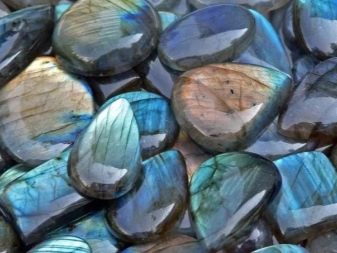
Therapeutic
Labradorite is very popular among fans of alternative medicine and especially, of course, lithotherapists.The opinion has been strengthened that this stone adds strength in the treatment of a variety of ailments, not only of the physical body, but also of the so-called mental ones.
So, generally accepted is its benefit in eye diseases: edema, fatigue. Wearing a stone reduces the severity of viral diseases. Some healers use it to try to normalize high blood pressure. Others recommend for male impotence and infertility.
The stone is also widely used for mental disorders. Allows you to normalize sleep, cope with autumn and winter depression.

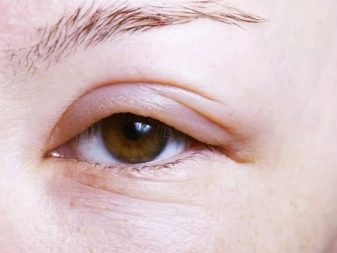
A separate area of application of labradorite is joint diseases, including rheumatism and arthritis.
Labradorite is considered an excellent assistant in overcoming alcohol and drug addiction, of course, provided that the procedures are voluntary.
By activating the body's reserves, the stone is used in rehabilitation after various kinds of surgical interventions.

It can also be useful for healthy people due to the activation of metabolism. Wearing a stone improves mood and can be prescribed to prevent fatigue even during spring beriberi.
For business people, the stone will help when it is necessary to concentrate all forces, for example, when defending a project or in important negotiations. Students can use it to focus on preparing and passing exams.


Magical
According to most esotericists, labradorite is a kind of reflection of the opposite, invisible side of the moon. This is what fills him with hidden powerful energy.
There is a very popular legend that this stone was inherited by modern civilization from the inhabitants of the mythical country of Hyperborea, who worshiped the Moon as a deity. It is the Moon that sees what they are hiding or trying to hide from the Sun. Thus, she knows about a person what he tries to hide from others, and sometimes from himself.
The brightest labradorite (moonstone) is considered during the full moon, it is at this time that its magical properties are most powerful.

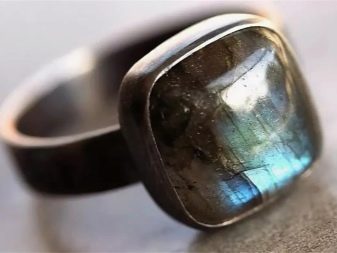
Varieties of labrodarite perceive lunar energy in different ways.
Dark stones are saturated with dark energy. It is better to wear jewelry made of such a stone in a silver setting, this somewhat neutralizes its charge. And it is obligatory for people who are successful, quite mature, with well-established views on life. It is recommended not to rush with such stones, to wear them at the age of at least 30 years. In this case, labradorite will help maintain a clear consciousness, you can even talk about clairvoyance. For younger people with an unsettled point of view, who are in search of themselves, the dark variety of the moonstone will not allow them to fully embody their natural potential.
In turn, light varieties of stone (from transparent to gray) are suitable for creative people. Such a stone, as it were, balances chaotic energy, calms passions.
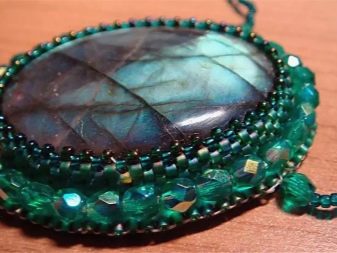
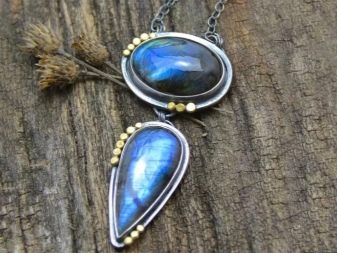
It is very useful for the young and active, as if slightly suspending their ardor, protects them from rash risks. Such a talisman can be an effective talisman.
Labradorite is not at all suitable for people prone to revenge, irritation, aggression. In this case, he enters into a kind of dissonance with the inner energy of a person, and his action can be unpredictable. It is believed that moonstone is able to accumulate, enhance and reflect back the energy of the wearer. Accordingly, all malicious intentions of the person will be strengthened and returned to the owner. Not everyone can withstand such a blow.
It is to enhance the destructive energy that dark varieties of moonstone have been included in the attributes of black magic since ancient times.
For interior decoration of apartments, yellow-orange varieties (sun stone and lynx's eye) are recommended, which contribute to the establishment of trust in the family.
And it's also nice to have a couple of greenish and brown labradorite figurines at home.Placed side by side in the bedroom, they will harmonize relationships. On a full moon, it is recommended to put them on the window so that the moonlight illuminates them for as long as possible.

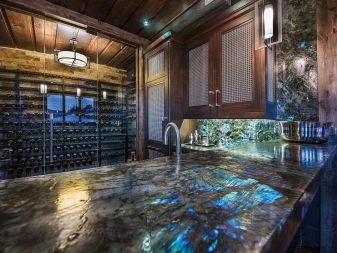
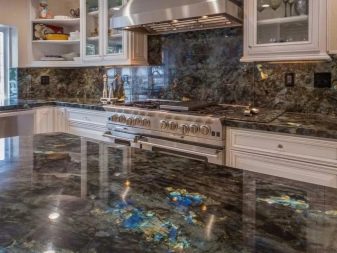

Who is it suitable for?
Astrologers have also paid attention to stones for a long time, trying to connect them with the signs of the zodiac and find patterns of the beneficial effect of a stone on a particular person.
Thousands of years of practice have determined that labradorite has the most powerful effect on Taurus, Scorpions and Lions. Moreover, he can strengthen absolutely any intentions of the representatives of these signs. It is these signs that the labradorite should be handled most carefully.
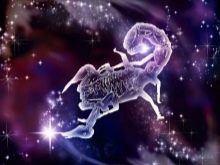

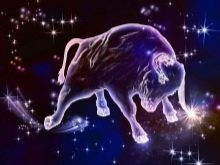
For some other signs, labradorite can be not only useless, but also dangerous. For example, Aries can get an unwarranted increase in emotion.
Labradorite, on the contrary, will help other signs to understand themselves. Gemini can use it to learn more adequate self-esteem and patience. Vulnerable Cancers with the help of labradorite gain excellent protection and the ability to make informed decisions. Labradorite is also useful for Virgos with their complex nature. The stone is able to weaken negative emotions, which will make their life brighter.



For signs of fire, labradorite is most favorable. For Sagittarius, he will be a reliable assistant in accomplishing great and certainly good deeds, protecting them from dark forces and evil thoughts. With its help, Capricorns will be able to pay attention to the important little things that make life real, which these tough natures, as a rule, are sorely lacking. Aquarians in this stone acquire a reliable amulet that can give them decisiveness in the manifestation of their considerable talents. He is also a good match for Pisces, helping in choosing a life course.

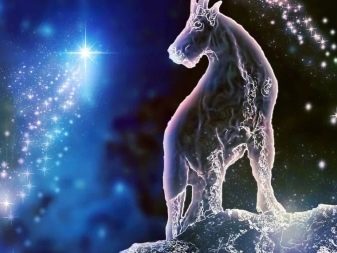


The moonstone has a special effect on women. Since the Moon is considered the heavenly embodiment of the feminine principle, the representatives of the above zodiac signs should be especially careful when choosing a talisman, because its influence on women will be much greater than on men of the same sign.
It is important to take into account the recommendations of astrologers and lithologists specifically for women. You should be especially careful about talismans received as a gift. Only a stone chosen independently is capable of fully revealing its properties. And it is also recommended that a labradorite talisman, even if it is very beautiful, not be kept in full view of everyone. Therefore, for example, it is better not to buy earrings made of this stone. The most effective are stones hidden in a pocket or hanging on a chain near the body. This is the only way to hope for the power of the stone, which it will reveal only to its owner.
Although the love of light is one of the features of this wonderful stone. Only in natural light does it reveal all its decorative properties. Of course, you shouldn't reject him as an adornment, but then you shouldn't consider this version of his socks and talisman.
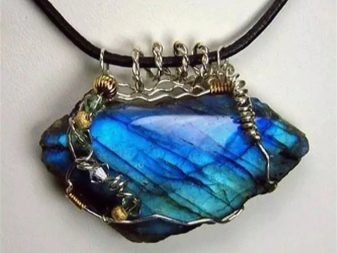
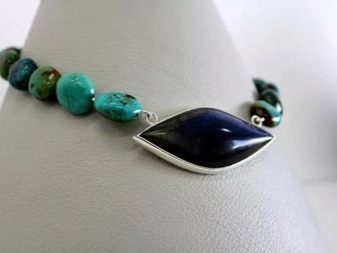
Application
The texture and natural lighting effects make the Labradorite very decorative. The occurrence of large massifs allows for the extraction of stone in large volumes, and the ease of processing has turned it into an excellent finishing material. As such, this rock can be used to decorate interior walls. If this beautiful stone is used in the decoration of external structures, completely unaesthetic rusty stains will gradually appear on its surface.
As an igneous rock, labradorite can be used to make paving slabs, it is very resistant to mechanical stress and successfully replaces concrete paving slabs.
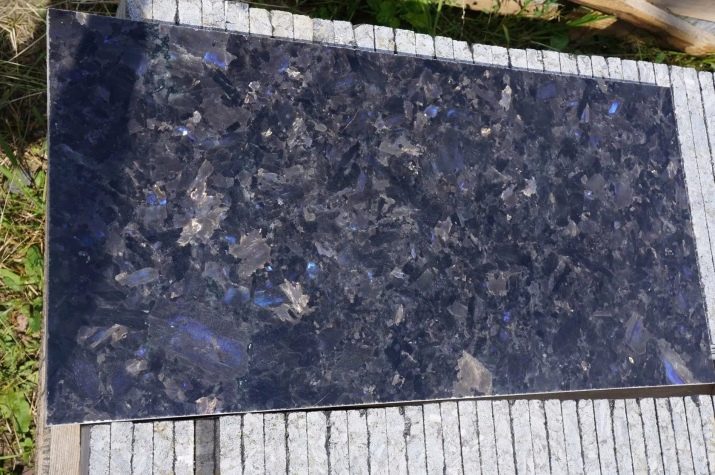
Moonstone is widely used in jewelry and as an ornamental stone. The generally accepted canon is the combination of labradorite with silver. For the manufacture of jewelry, stones with the greatest iridescence effect are used.
Increasingly, labradorite began to be used for decoration of apartments.At the same time, it is recommended to stop the choice not on blue-green varieties of stone, but to choose more sunny shades, otherwise the interior will be cold.
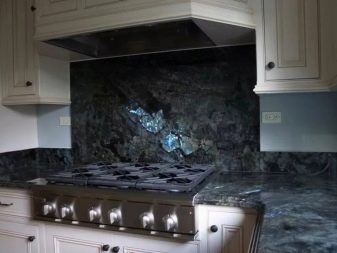

Care and storage
The structure, due to the origin of the stone, made it, despite its hardness, rather fragile. Labradorite jewelry often receives significant damage from a banal hit on the floor when falling. But even a simple blow, for example, on the edge of a bathtub during water procedures can irreparably ruin the pendant made of this beautiful stone.
Periodically, it is recommended to wipe the stone with a cloth dampened in soapy water, and then gently wipe it dry.
The stone is not afraid of light and can be stored even under the sun's rays. However, high air humidity can slightly change the physical properties of the stone surface. The substances that make up it can react with water.
Next, watch a video about the magical properties of labradorite.








